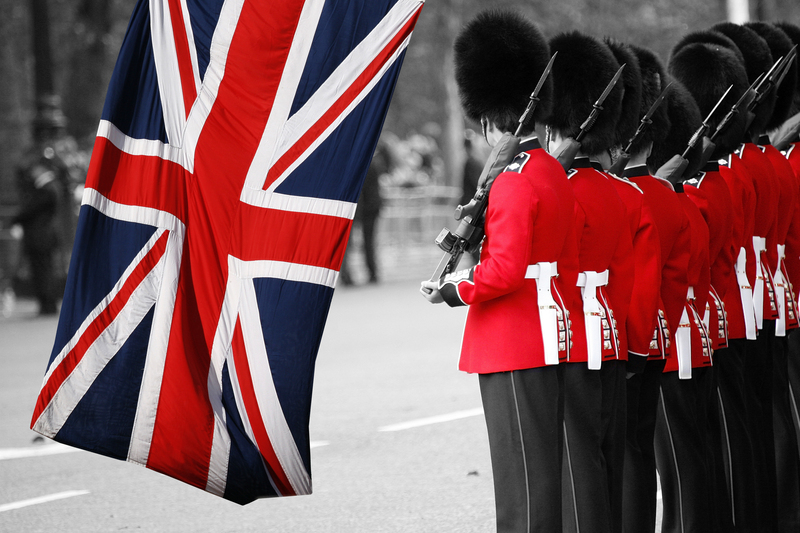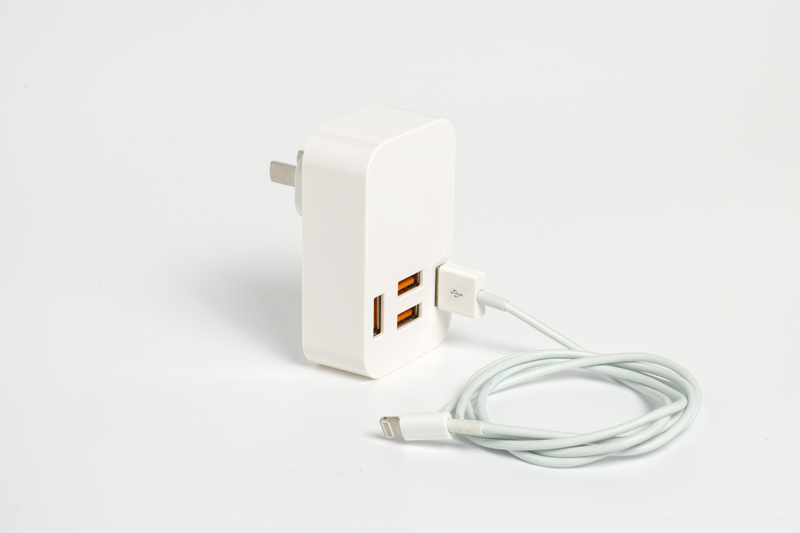Planning Your Move: How to Relocate Your Bed and Mattress
Relocating can be an exciting adventure, but it's also a task packed with detailed planning, especially when it comes to moving large household items. Beds and mattresses are some of the most essential -- and challenging -- items to transport. In this comprehensive guide, we break down the best practices for moving your bed and mattress safely and efficiently, so you can rest easy in your new home.
Why Focus on Your Bed and Mattress?
Your bed is not only a financial investment but also crucial for your comfort and health. Damaging or dirtying your mattress during a move can result in costly replacements or uncomfortable nights. Knowing the correct steps to relocate your bed and mattress ensures they arrive in pristine condition, ready to give you a good night's sleep.

Pre-Move Planning: Preparing to Move Your Bed and Mattress
Relocating a mattress and bed requires dedicated preparation. Let's walk through what you should consider before moving day arrives:
- Assess Your Bed and Mattress Type: The size, weight, and type (foam, spring, hybrid) affect how you'll move and pack them.
- Gather the Right Supplies: Packaging materials like mattress bags, moving blankets, stretch wrap, and sturdy straps are essential for a safe move.
- Measure Doorways and Hallways: Avoid moving day surprises by checking that your bed and mattress can fit through all passageways in both your old and new homes.
Checklist: Supplies Needed to Move a Bed and Mattress
- Mattress bag or plastic wrap
- Moving straps/lifting straps
- Furniture dolly or hand truck
- Tool kit for disassembly and assembly
- Permanent marker and sheet of paper for labeling parts
- Blankets or padding for protective wrapping
- Packing tape for sealing bags and securing wrap
Step-by-Step Guide to Relocating Your Bed and Mattress
Step 1: Remove and Pack Bedding
- Take off all sheets, pillows, comforters, and mattress protectors.
- Wash, fold, and pack bedding in dedicated moving boxes or storage bags.
- Label boxes for easy unpacking in your new home.
Step 2: Disassemble The Bed Frame
Most bed frames must be taken apart before transport. Here's how to do it efficiently:
- Consult Your Assembly Manual: If you still have the instructions, refer to them for guidance.
- Remove Mattress & Slats: Carefully lift out the mattress, followed by the slats or support boards.
- Separate Headboard and Footboard: Use the proper tools to detach these from the main frame.
- Collect Hardware: Place screws, bolts, and other small parts in a labeled plastic bag. Tape it securely to the frame, or keep it in a dedicated box marked for hardware.
- Protect Wooden or Metal Parts: Wrap bed parts in blankets or bubble wrap to prevent scratches during the move.
Step 3: Prepare and Pack the Mattress
The best way to move a mattress and box spring is to keep them as clean and protected as possible:
- Slip the Mattress Into a Zippered Mattress Bag: Ensure the bag is free from holes or tears.
- Seal the Bag with Tape or Clips: Make sure there are no exposed areas where dirt, bugs, or moisture can get in.
- If No Bag Is Available: Use plastic wrap to cover the entire mattress, sealing tightly with packing tape.
Special Tip: If you're moving in inclement weather, an extra layer of wrapping can help protect against water damage.
Step 4: Moving the Mattress and Bed Components
Once everything is packed and ready, follow these tips for safe transit:
- Lift with Your Knees: Mattresses are often heavier than they appear. Always lift carefully to avoid back injuries.
- Use Lifting Straps or Dollies: These tools reduce strain and risk of dropping the mattress or bed parts.
- Teamwork is Key: Moving a mattress is easier with at least two people, especially with king or queen sizes.
- Avoid Bending the Mattress Excessively: Bending can damage springs or foam structure, shortening its lifespan.
- Carry Bed Frame Parts in Sections: Transport each component separately and securely. Use moving blankets or towels between pieces in the moving truck to prevent scratches.
Step 5: Loading and Securing in the Moving Vehicle
- Position the Mattress Upright Along the Wall of the Truck: This minimizes the amount of space used and reduces the risk of heavy boxes crushing the mattress.
- Keep the Mattress Flat if Possible: For memory foam or hybrid mattresses, keeping them flat sometimes prevents permanent deformity.
- Secure the Mattress and Bed Parts: Tie with moving straps to ensure nothing shifts during transit.
- Avoid Stacking Heavy Items on the Bed and Mattress: This can cause structural damage and make the items more difficult to move at your destination.
Relocating Special Types of Beds and Mattresses
How to Move a Memory Foam Mattress
- Memory foam is heavier than standard innerspring, so plan for extra help or a larger dolly.
- Never fold the mattress more than necessary--this can damage the foam.
- Keep the mattress packed flat if possible.
Moving Platform or Adjustable Beds
- Disassemble all electronic or mechanical components first.
- Label wiring and hardware to facilitate reassembly.
- Check the manufacturer's instructions for disassembling your particular model.
Relocating Bed-in-a-Box Mattresses
- If possible, use the original box or similar-sized box for packing.
- Don't re-compress your bed-in-a-box mattress; simply wrap and move as is.
Professional Help: Should You Hire Movers for Your Bed and Mattress?
If you have a particularly large or high-value bed, hiring professional movers might be the best idea. Here's why:
- Expertise in Packing and Transport: Professional moving services know specifically how to relocate your mattress and bed without damage.
- Proper Equipment: Movers come equipped with dollies, sliders, and specialty mattress bags.
- Insurance Coverage: Many moving companies offer insurance in case of transit damages.
- Convenience: Save yourself the time and physical strain.
How to Choose a Mover for Relocating Your Bed and Mattress
- Research reputable companies with experience handling large furniture and fragile items.
- Ask about specific procedures for moving beds and mattresses.
- Read reviews or seek referrals from friends and family.
- Verify that the moving company is insured and licensed.
- Obtain a detailed quote that includes all potential fees, especially for heavy or oversized items.
DIY Moving Vs. Professional Services: What's the Best Choice for Your Situation?
There's no one-size-fits-all answer. Consider these factors when deciding if you should move your bed and mattress yourself or hire professionals:
- Distance of the Move: Short-distance moves with minimum stairs are easier to manage DIY.
- Manpower Available: Moving a king-size bed isn't a one-person job.
- Type of Mattress/Bed: Oversized or specialty beds may require pro handling.
- Budget: Professional movers cost more, but may prevent damage or injuries that end up costing more in the long run.
Common Mistakes to Avoid When Moving Your Bed and Mattress
Even well-intentioned moves can go awry. Avoid these pitfalls:
- Failing to Protect the Mattress: Never skip wrapping or a mattress bag.
- Lost Hardware or Bed Components: Always label and keep all fasteners together.
- Poor Lifting Technique: Improper lifting can cause injury.
- Not Measuring Spaces Ahead of Time: Getting stuck in a stairwell or doorway is more common than you think.
- Stacking Heavy Items on Mattresses or Bed Frames: Can lead to warping and permanent damage.
Setting Up Your Bed and Mattress in Your New Home
Your move isn't finished until your bed is ready for a great night's sleep. Here's how to set up once you arrive:
- Find the Right Spot: Place your bed near outlets if it's adjustable, and away from drafty windows or vents.
- Reassemble Bed Frame Carefully: Use your bag of labeled hardware to put everything back together, tightening connections without over-torquing.
- Allow Mattress to Breathe: Give your mattress some time to air out, especially if it's been bagged or wrapped for days.
- Inspect For Damage: Before making the bed, check for rips, stains, or warp in the frame or mattress.
- Remake Your Bed: Put clean sheets, pillows, and comforters on so you can rest after moving.
Tips for Local Vs Long-Distance Moves
Local Moves
- Wrap and load the mattress last so you can unload and set up your bed first.
- Don't stack anything on top of the frame/mattress to minimize moving-induced pressure.
Long-Distance or Interstate Moves
- Opt for double layering of plastic or mattress bags to guard against weather and long-term dust exposure.
- Consider climate-controlled moving trucks if you're moving across hot or humid areas.
- Double-check insurance options for possible replacements or damages in transit.
Eco-Friendly Options: Sustainable Mattress Moving
- Use reusable mattress bags or covers, which are sturdier and create less waste.
- Donate or recycle your old mattress if you'll be upgrading post-move; many charities accept gently used beds.
- Repurpose old sheets or blankets as wrapping materials instead of buying new ones.

Frequently Asked Questions on How to Move a Bed and Mattress
Can I fold my mattress to fit in my car?
Most innerspring and memory foam mattresses can only be bent slightly and should not be folded in half. Doing so can cause permanent damage. Consider renting a larger vehicle or arranging for professional movers when necessary.
Is it safe to tie a mattress to the roof of a car?
This is not recommended due to potential damage to the mattress as well as safety hazards on the road. Always secure your bed and mattress inside a vehicle or moving truck if possible.
How do I clean my mattress after moving?
Vacuum the surface, spot-clean stains with a mild detergent solution, and allow it to air out for several hours before making the bed.
Should I move my old mattress or buy a new one?
If your mattress is over 8-10 years old or shows signs of sagging, damage, or staining, it may be more cost-effective to replace it instead of moving it.
Final Thoughts: Rest Easy in Your New Home
Proper planning, the right materials, and a clear step-by-step process make the relocation of your bed and mattress much easier than anticipated. By following the advice above, you'll ensure your bed and mattress arrive ready for a restful night in your new abode.
If you found this guide helpful, share it with friends preparing for a move -- and sweet dreams in your new home!



